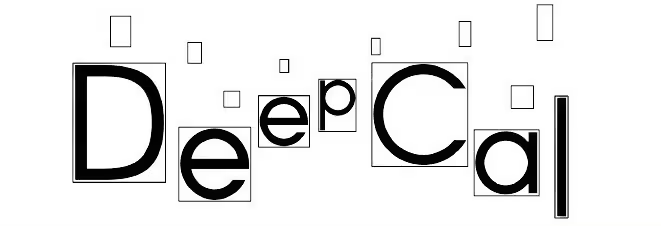As vehicles become increasingly advanced, incorporating cutting-edge technologies like Advanced...
Zero-Click: The Game-Changer for OEMs and Tier 1 Suppliers
In the competitive automotive industry, optimizing processes and ensuring precision are critical. While we may think that automotive OEMs and Tier 1 suppliers who provide integrated components want the same things, the reality is different. Safety and accuracy are primary concerns for OEMs as these factors impact the company's brand and sales. On the other hand, Tier 1 suppliers focus mainly on ROI. Zero-Click technology, particularly in sensor calibration, is proving to be a transformative solution for both Original Equipment Manufacturers (OEMs) and Tier 1 suppliers. Here, we delve into the key benefits of Zero-Click technology for these industry players.
Benefits for OEMs and Tier 1 Suppliers
1. Cost Savings
Zero-Click technology significantly reduces operational costs by automating the sensor calibration process. Traditional methods often involve manual intervention, specialized equipment, and extensive downtime, all of which add to the expenses. Zero-Click eliminates these inefficiencies by providing a streamlined, automated calibration process.
2. Reduced Labor
Automating sensor calibration with Zero-Click technology reduces the need for specialized labor. By reducing dependence on manual labor, OEMs and Tier 1 suppliers can maintain consistent production quality and efficiency.
3. Time to Calibrate
Time is a critical factor in manufacturing. Traditional calibration methods can be time-consuming, often requiring production lines to halt for adjustments. Zero-Click technology drastically cuts down the time needed for sensor calibration. Automated, software-based calibration can be performed quickly and accurately, reducing downtime and increasing overall production throughput. This speed and efficiency enable faster time-to-market for new vehicles and components, giving manufacturers a competitive edge.
|
Time to calibrate with Zero-Click |
|
|
Factory calibration |
Seconds |
|
Real world/continuous calibration |
Seconds and always calibrated |
|
Aftermarket calibration |
No need for aftermarket calibration |
4. Improved Safety
In the realm of autonomous driving, safety is not only a priority but a necessity. The performance and reliability of Advanced Driver Assistance Systems (ADAS) are heavily dependent on the precision of sensor calibration. Accurate calibration ensures that safety features such as automatic braking, lane-keeping assistance, and collision avoidance function correctly, thereby reducing the risk of accidents, such as this, and enhancing overall road safety.
Zero-Click technology takes safety in autonomous driving to the next level by addressing several critical aspects:
Enhanced Sensor Accuracy: Automated, software-based calibration ensures that sensors are consistently and accurately calibrated, which is crucial for the effective operation of ADAS features. This precision helps prevent system malfunctions that could lead to accidents.
Real-Time Adjustments: Zero-Click technology offers continuous, real-time recalibration of sensors. This means that as the vehicle encounters different driving conditions or if any sensor misalignment occurs, the system can automatically correct these issues on the fly. This dynamic adjustment capability is vital for maintaining the reliability of safety features in various driving scenarios.
Real-World Applications
Zero-Click technology can be integrated into the automotive software stack. In sensor calibration, for instance, it ensures that all sensors, including cameras, radar, and lidar, are calibrated precisely and consistently. This is crucial for the performance and safety of modern vehicles equipped with Advanced Driver Assistance Systems (ADAS). By automating the calibration process, Zero-Click technology helps save a significant amount of money in factory calibration. Additionally, Zero-Click technology calibrates automatically when the car is turned on and continues to calibrate while the vehicle is in operation, maintaining optimal accuracy and performance.
Conclusion
Zero-Click technology is revolutionizing the automotive industry by providing significant cost savings, reducing labor needs, shortening calibration times, and improving safety. Automotive OEMs are constantly seeking ways to enhance safety, and Zero-Click can play a crucial role in this endeavor. For Tier 1 suppliers, Zero-Click offers substantial opportunities for improving ROI by significantly cutting costs. For both OEMs and Tier 1 suppliers, adopting Zero-Click technology is not just an option but a necessity to stay competitive in a rapidly evolving market. The automation and precision offered by Zero-Click technology are setting new standards for automotive safety. The future of automotive technology is software-driven.




